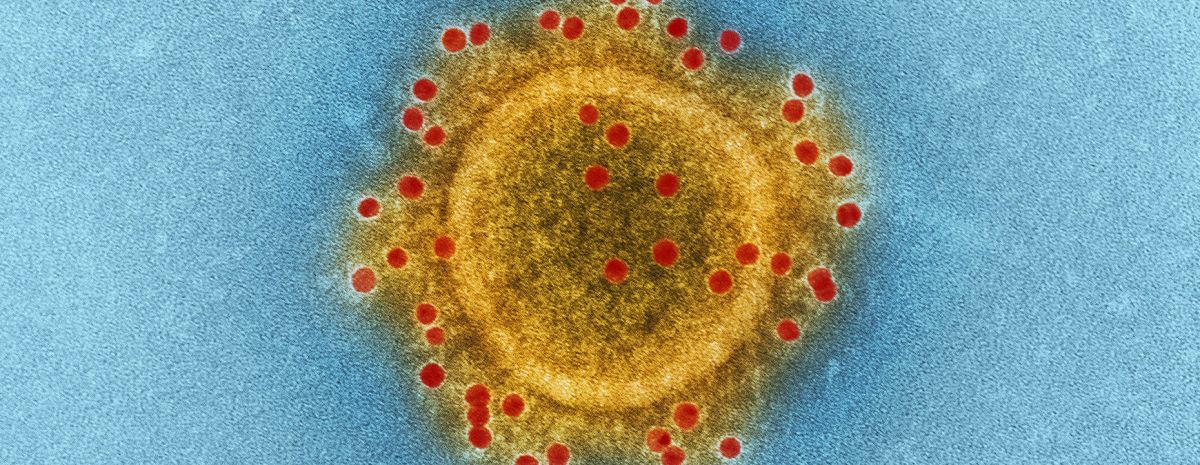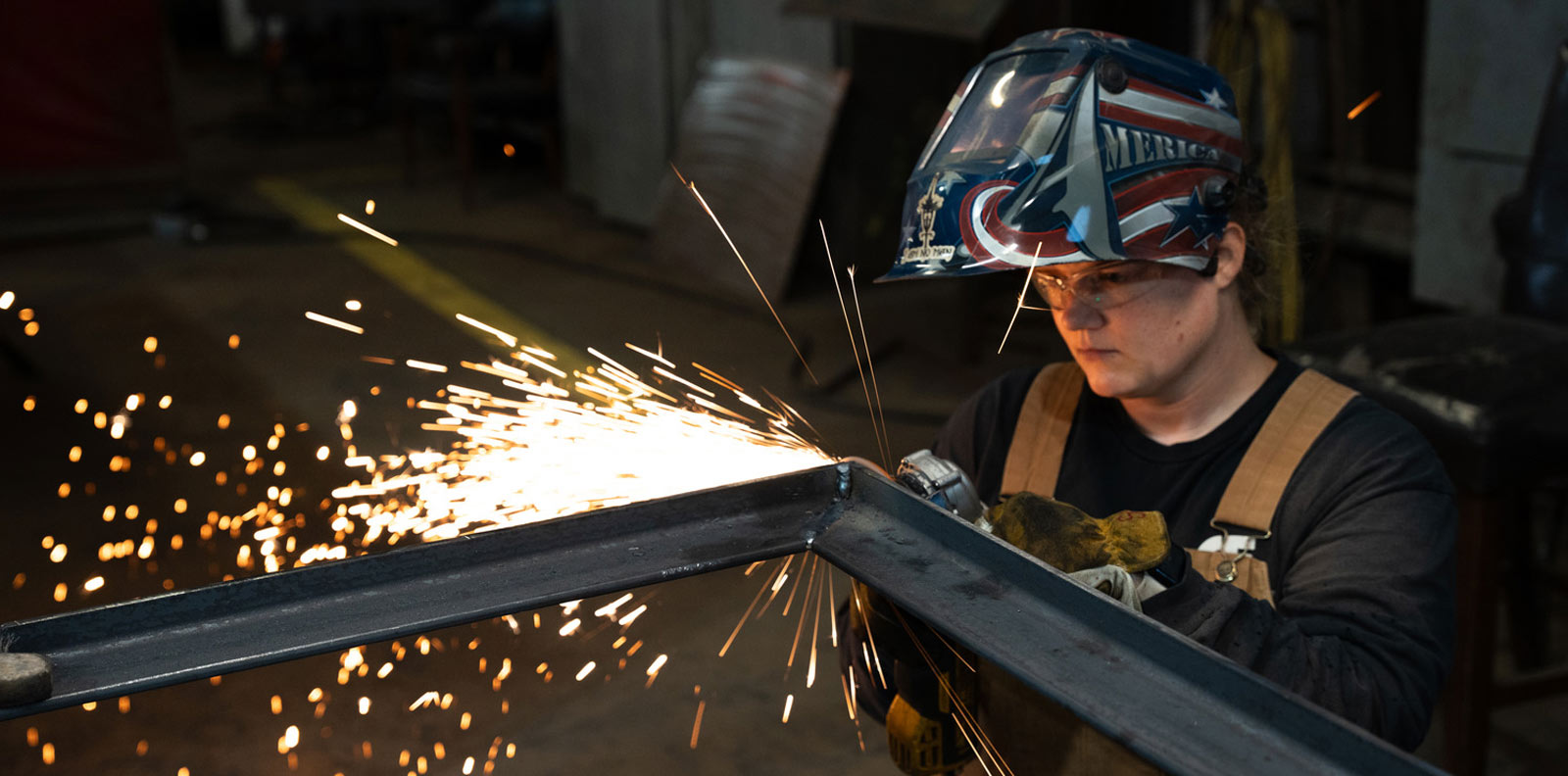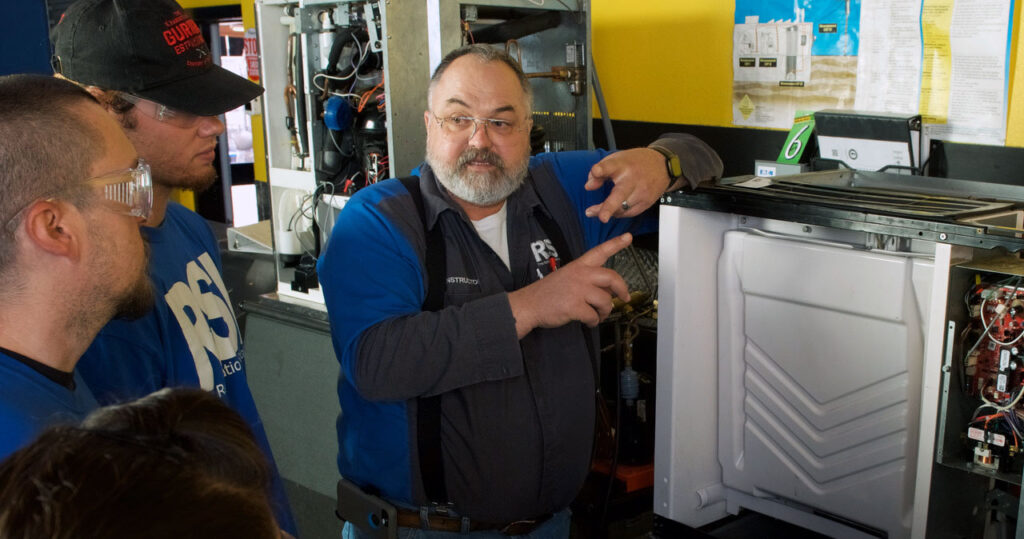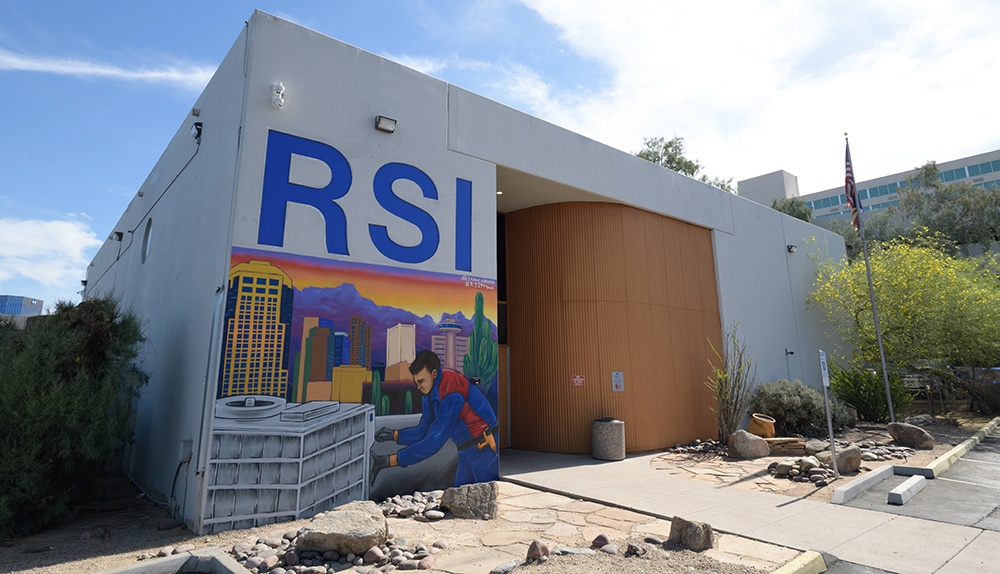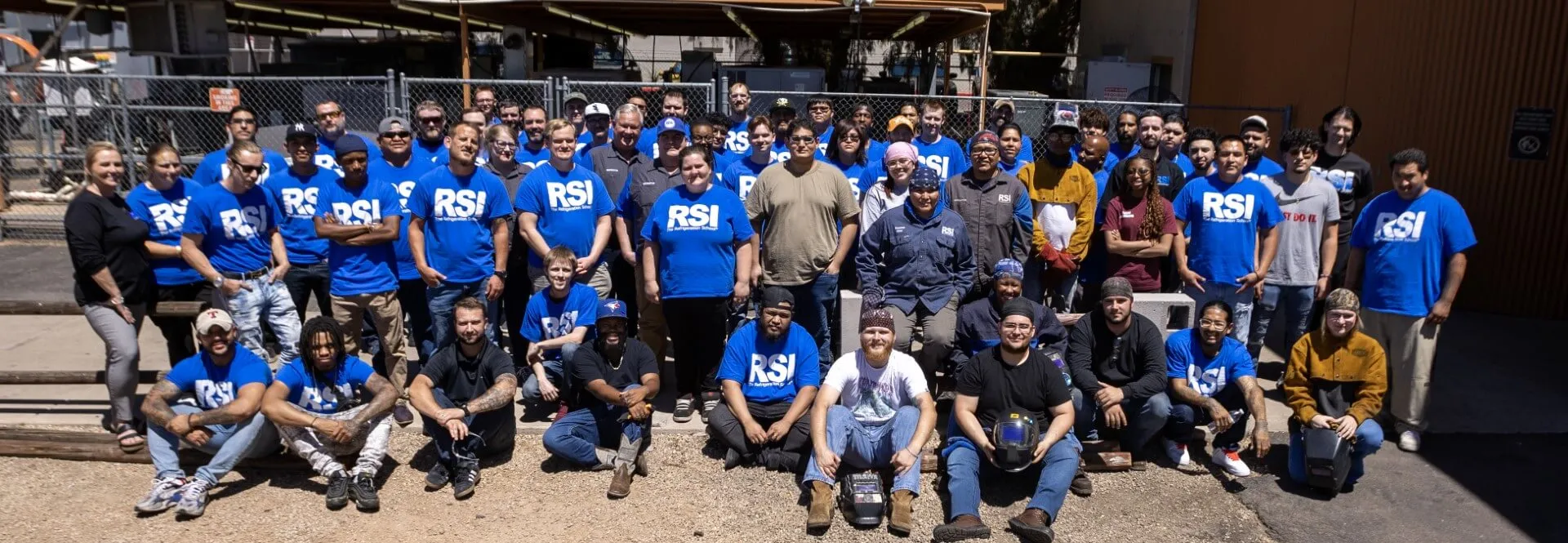RSI is a Great Training Option for Everyone
Learn more about how we can prepare you to advance your career.
Yes, HVAC systems can spread viruses. An HVAC system can also spread bacteria and fungi, including mold.
Viruses tend to be much smaller than bacteria and are responsible for a wide range of diseases: the common cold, measles, chicken pox, the flu, AIDS, SARS and, most recently, COVID-19.
Can an HVAC system spread COVID-19? And what measures can minimize the spread of airborne diseases in homes and businesses?
Here’s what aspiring technicians in HVAC training and pros already working in the field need to know.
Can HVAC Systems Spread COVID-19?
CDC Study Suggests It’s Possible
The following is from a U.S. Centers for Disease Control and Prevention (CDC) report posted in July of 2020:
Get Started on the Path to a New Career
Fill out our form to learn how we can help you change your life.
Between January 26 and February 10, 2020, 10 people fell ill with the 2019 novel coronavirus (COVID-19) after dining at an air-conditioned restaurant in Guangzhou, China. The group consisted of 3 families, one of which had recently visited Wuhan, China. The families sat at tables about 1 meter apart from each other that day. The other 73 customers and 8 staff members present during the lunch hour in the restaurant did not become infected.
Did the building’s air conditioning system play a role in the spread of COVID-19 between the three families? Or was their close proximity to each other to blame?
Both. The CDC report concluded droplet transmission was “the most likely cause of this outbreak.”
Droplet transmission occurs when a person with symptoms of a respiratory illness coughs or sneezes next to someone who isn’t sick, potentially exposing that person’s mouth, nose or eyes to the disease. The transmission of respiratory droplets is the primary way that COVID-19 is spread, according to the CDC.
However, the CDC went on to write, “Virus transmission in this outbreak cannot be explained by droplet transmission alone… strong airflow from the air conditioner could have propagated droplets” back and forth across the tables at which the three families who fell ill were seated.
This means “airborne transmission” may have also contributed to the spread of COVID-19 that day in the restaurant. Unlike with droplet transmission, the droplets in airborne transmission are particles smaller than 5μm. These tiny droplets can remain in the air longer and be transmitted further than 1 m.
Even though smear samples from the air conditioner in the restaurant tested negative for the virus, the CDC concluded air-conditioned ventilation prompted the droplet transmission, at the same time admitting the study was limited in scope.
The agency recommended increasing the distance between tables, monitoring temperatures and improving ventilation to prevent the spread of COVID-19 in restaurants.
How Can Techs Minimize the Spread of Viruses through HVAC Systems?
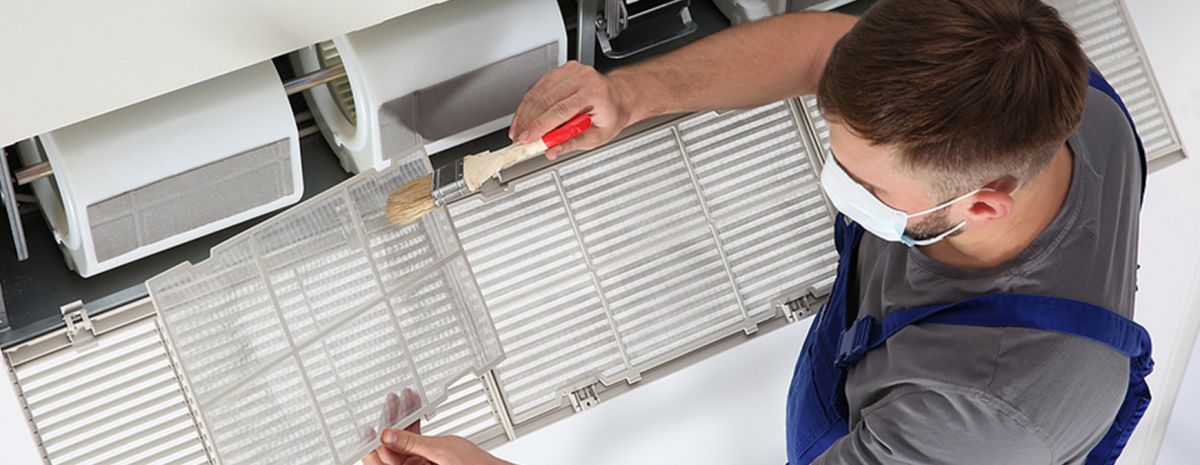
ASHRAE Recommendations
The American Society of Heating, Refrigeration, and Air Conditioning Engineers (ASHRAE) recently identified effective ways to control airborne infection in a new report:
- Optimized airflow patterns
- Directional airflow
- Zone pressurization
- Dilution ventilation
- In-room air-cleaning systems
- General exhaust ventilation
- Personalized ventilation
- Local exhaust ventilation at the source
- Central system filtration
- UVGI
- Controlling indoor temperature and relative humidity
Industry Recommendations
Using ASHRAE’s recommendations as a starting point, industry members made detailed recommendations for preventing the spread of airborne diseases:
HVAC Air Filters
HVAC air filters may help reduce exposure to coronavirus by removing particles from the air; however, the smaller the contaminant, the denser the media in the filter must be to catch it. For example, the high-efficiency particulate arrestance filters (HEPA) often used in hospitals are 99.97% effective at trapping particles as small as .3 microns.
Ultraviolet (UV) Light
UV disinfection systems can catch the microscopic particles air filters miss. Surface-cleaning UV-C systems can not only destroy viruses but also bacteria and mold that breed on the air filters, coils, drain pans and ducts of the HVAC system. This can prevent such pathogens from becoming airborne and the HVAC system from then circulating them.
But does UV light kill the coronavirus? Scientists don’t know yet. It’s proven effective at stopping the spread of SARS and MERS, but more study is needed on the how the technology works on the latest virus to spread fear and disease across the nation.
How to Talk to Your Customers about COVID-19 and Their HVAC System
As the varying expert opinions in this article suggest, there aren’t a lot of hard facts about how COVID-19 operates in an HVAC system or how to prevent its spread.
It’s a new virus. There are a lot of unknowns. And it may take time for more conclusive information and guidance.
Until then, it may be best to avoid promising absolute solutions to your customers. Let them know what the experts are recommending to prevent the spread of COVID-19 and promote healthy indoor air quality. But be sure to mention that it remains to be seen exactly how effective these options can be.
Additional Sources
This blog has been labeled as archived as it may no longer contain the most up-to-date data. For a list of all current blog posts, please visit our blog homepage at https://www.rsi.edu/blog/
